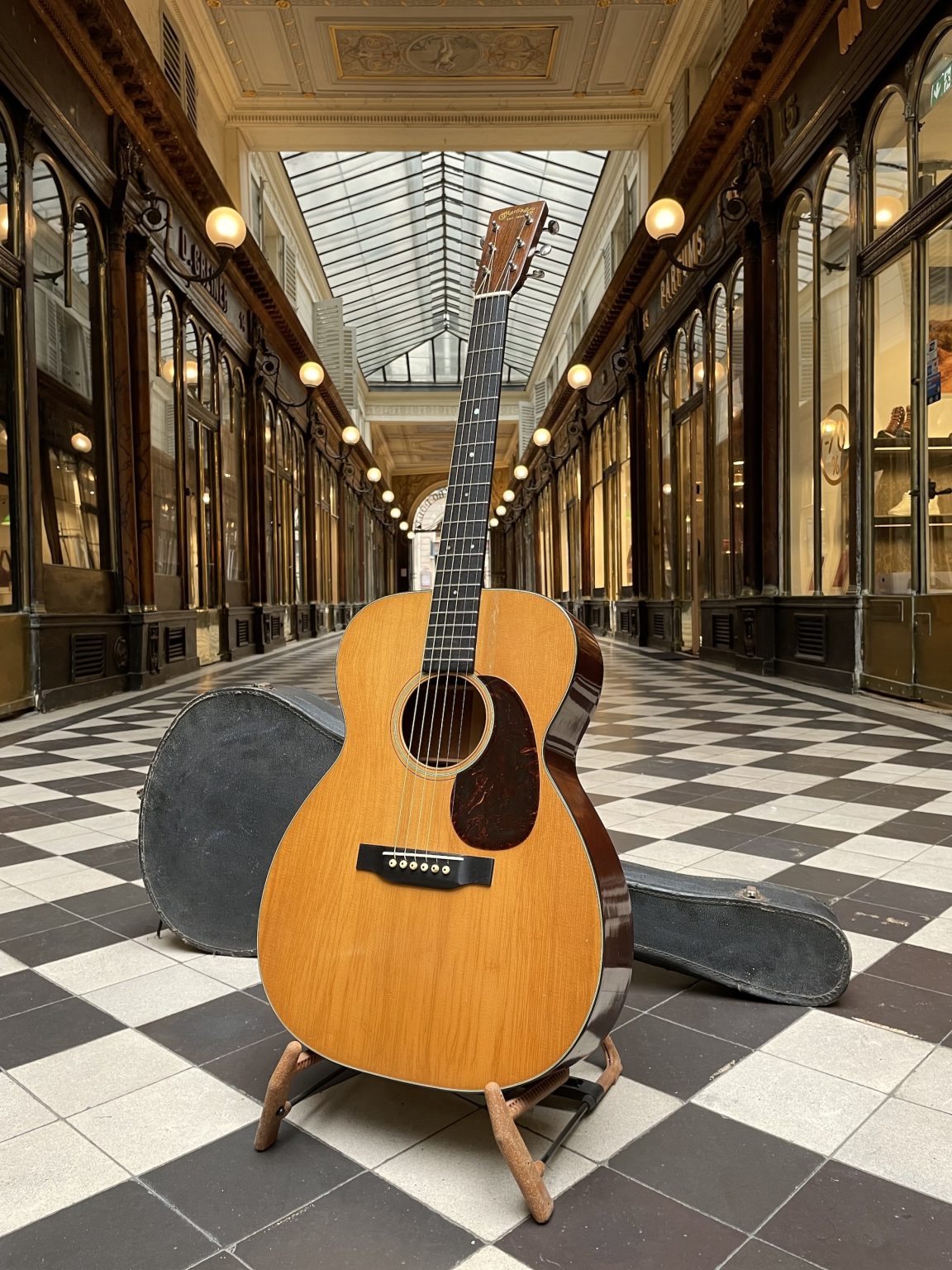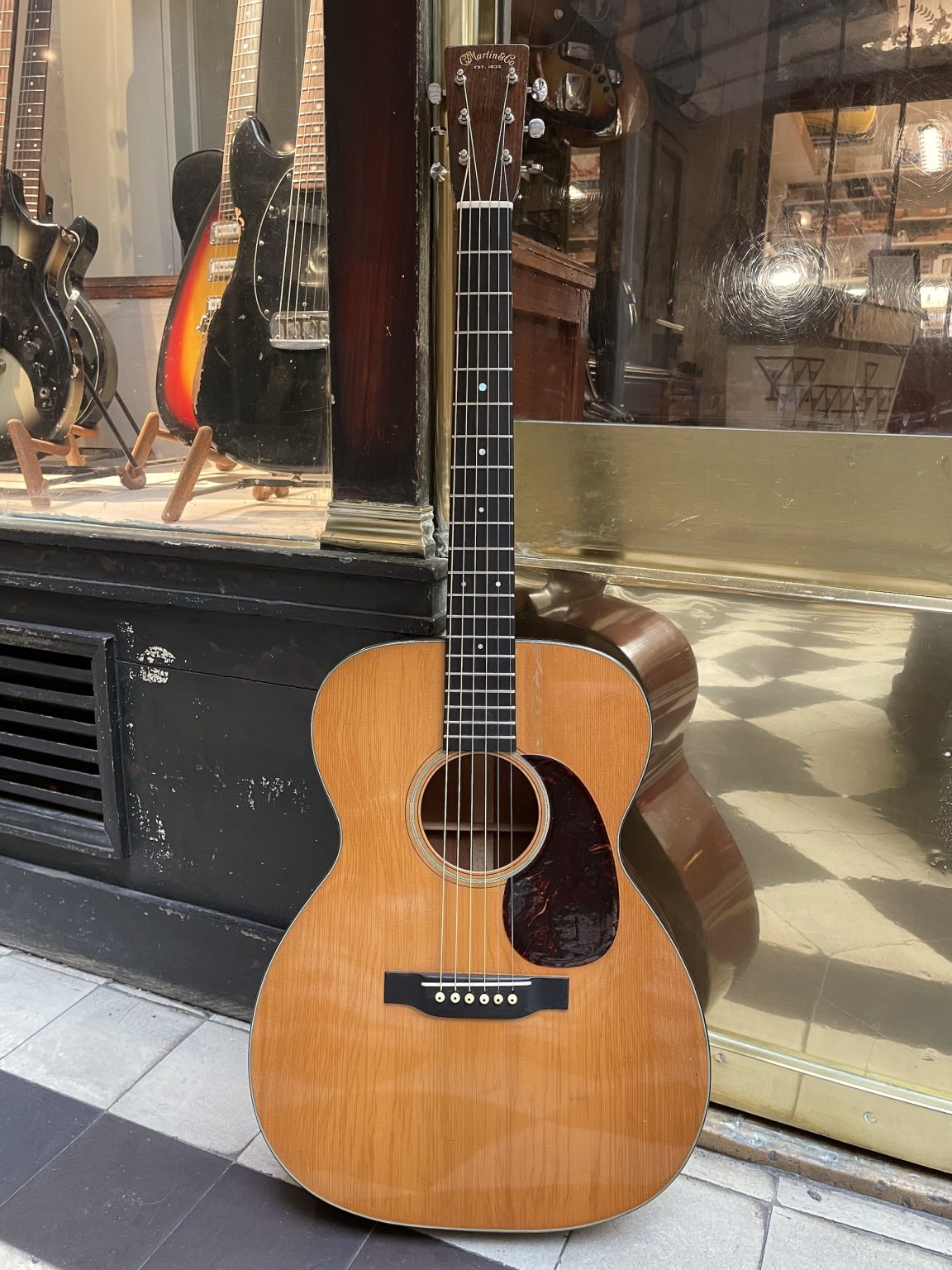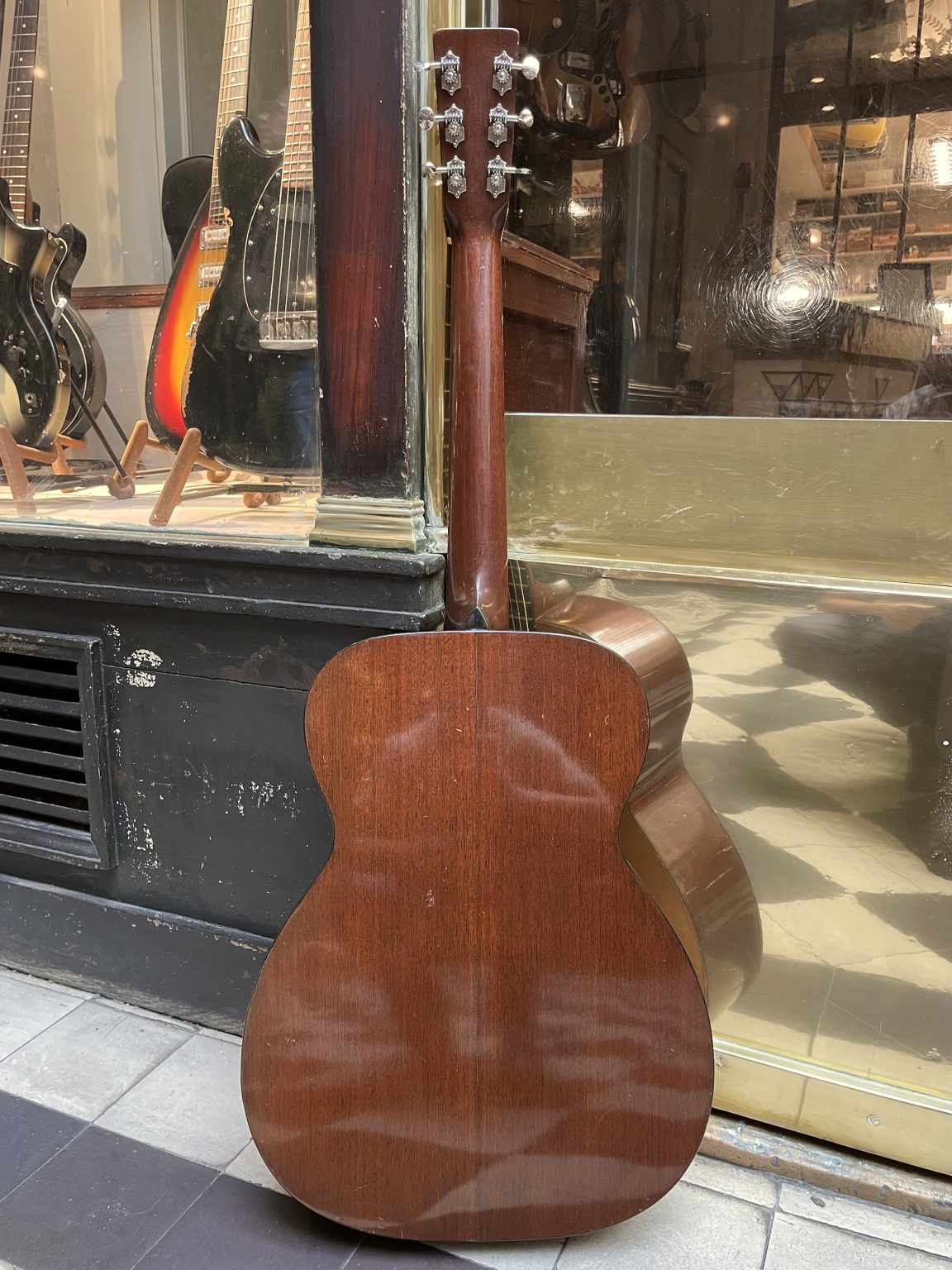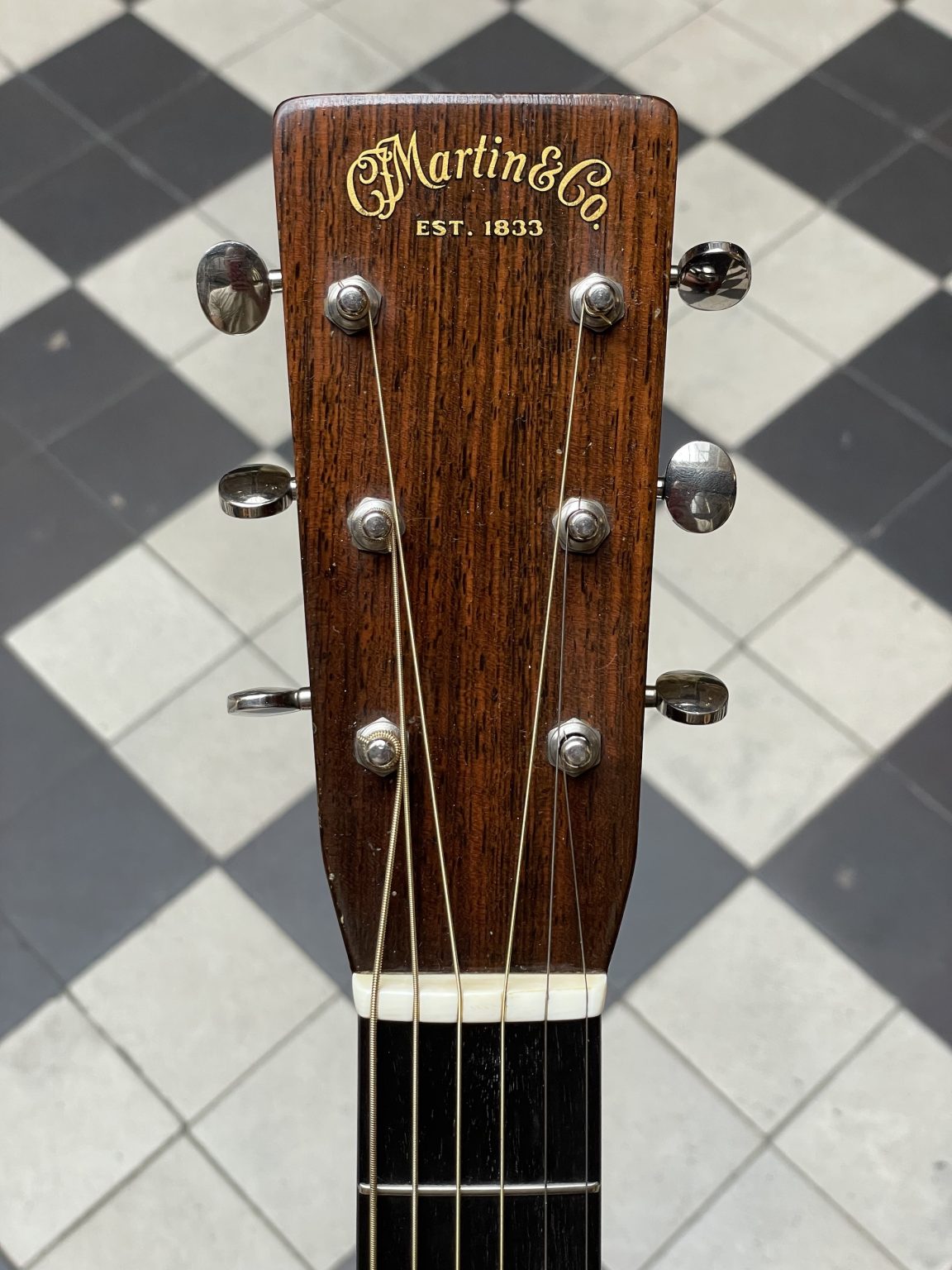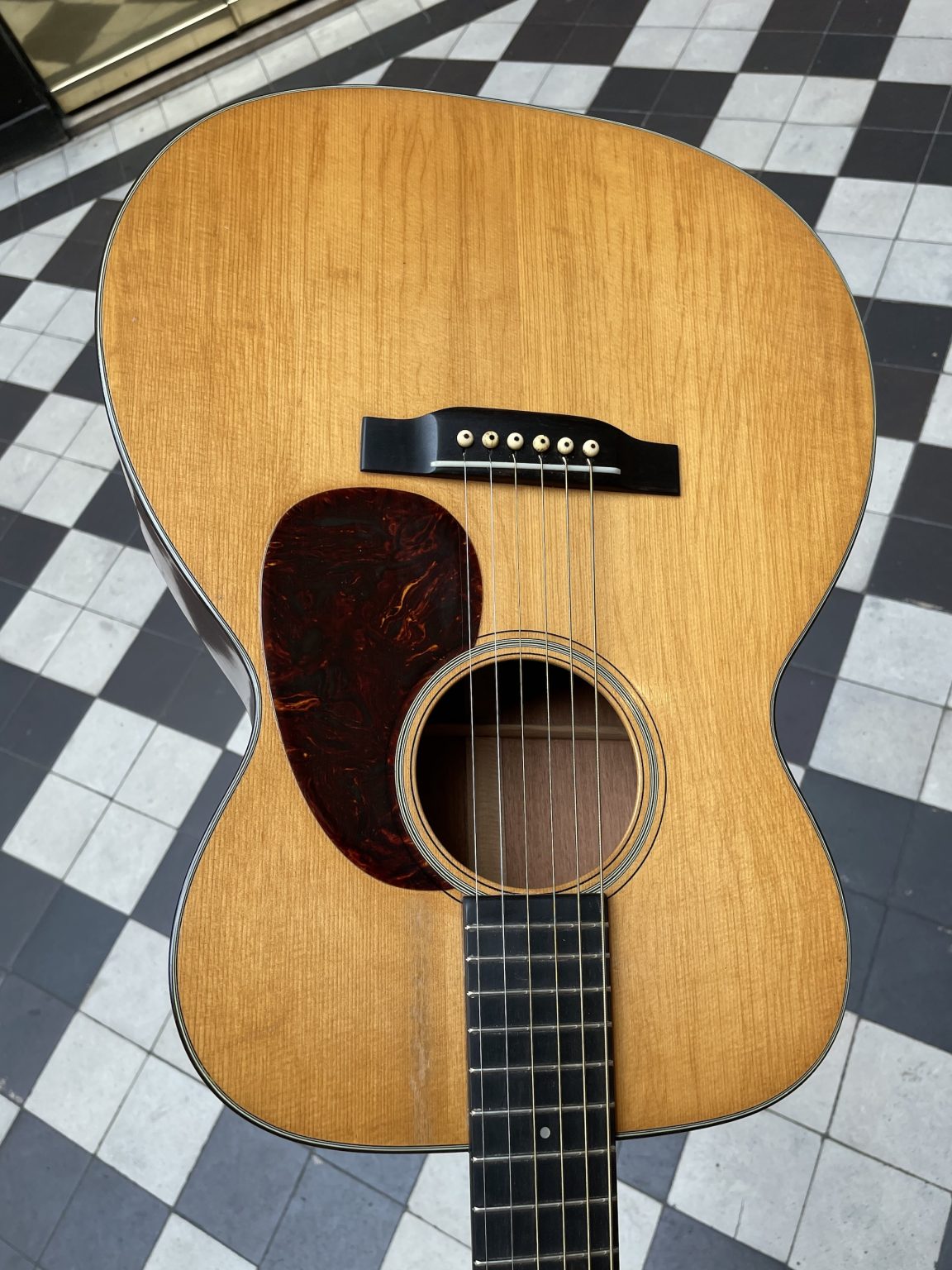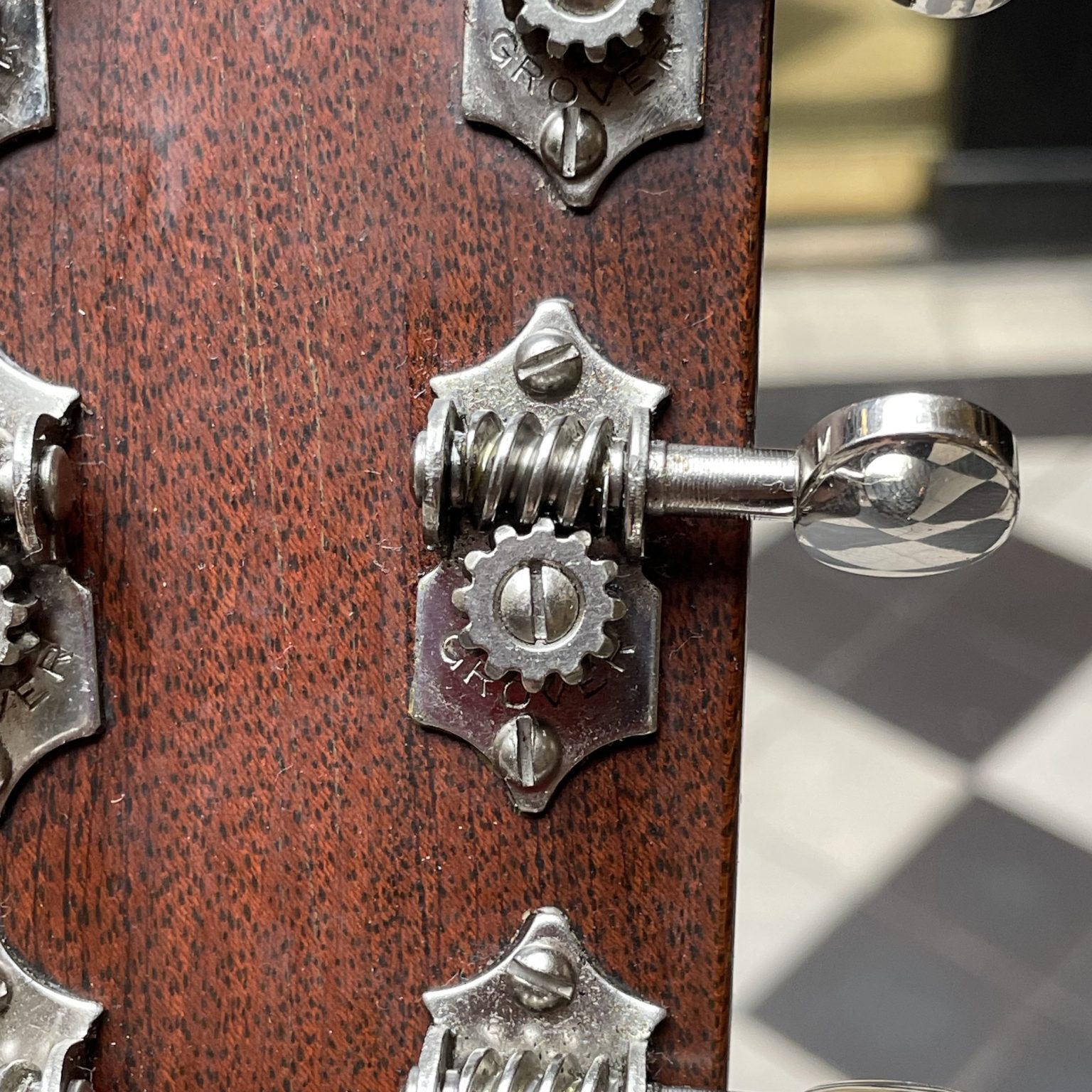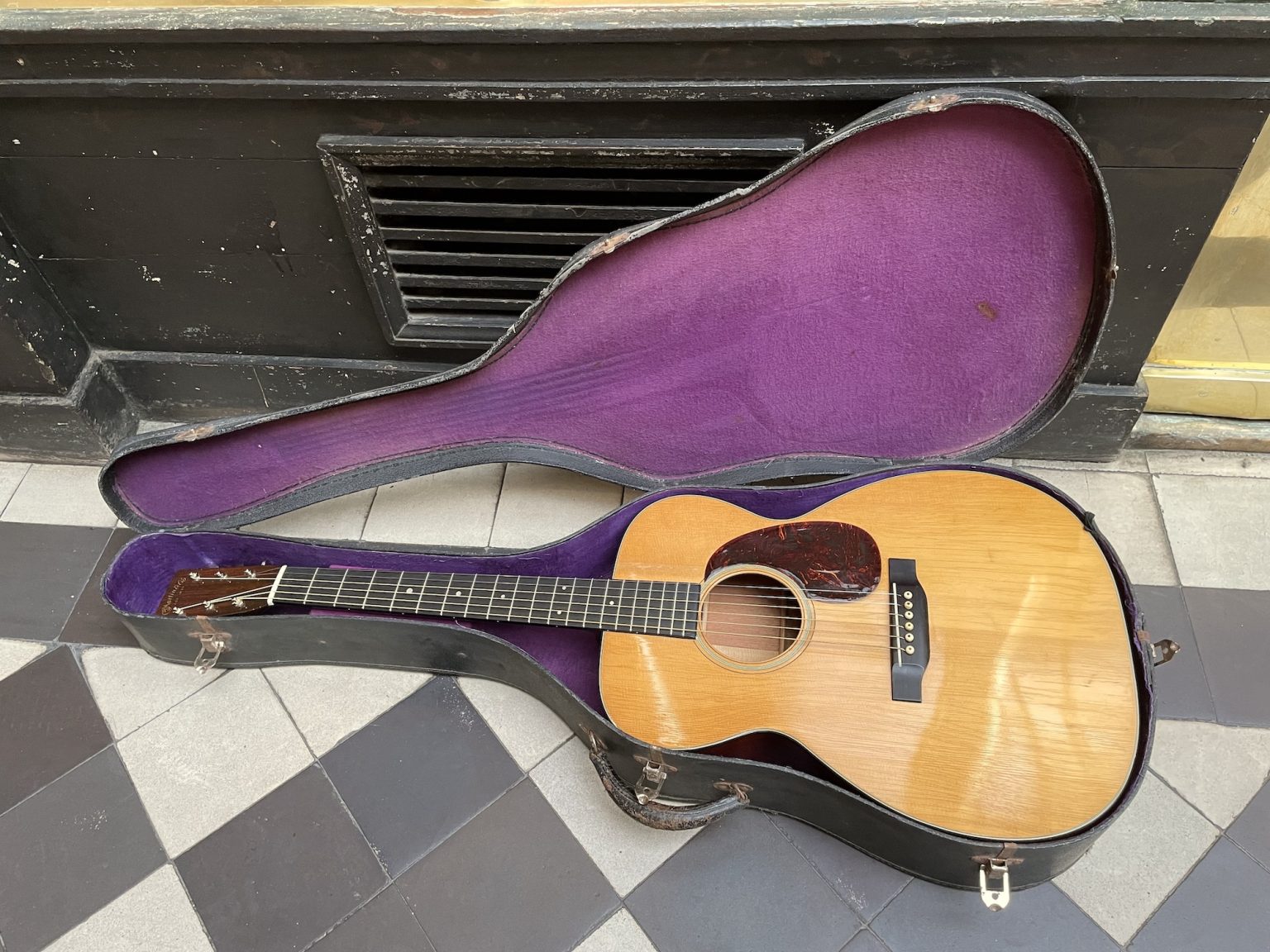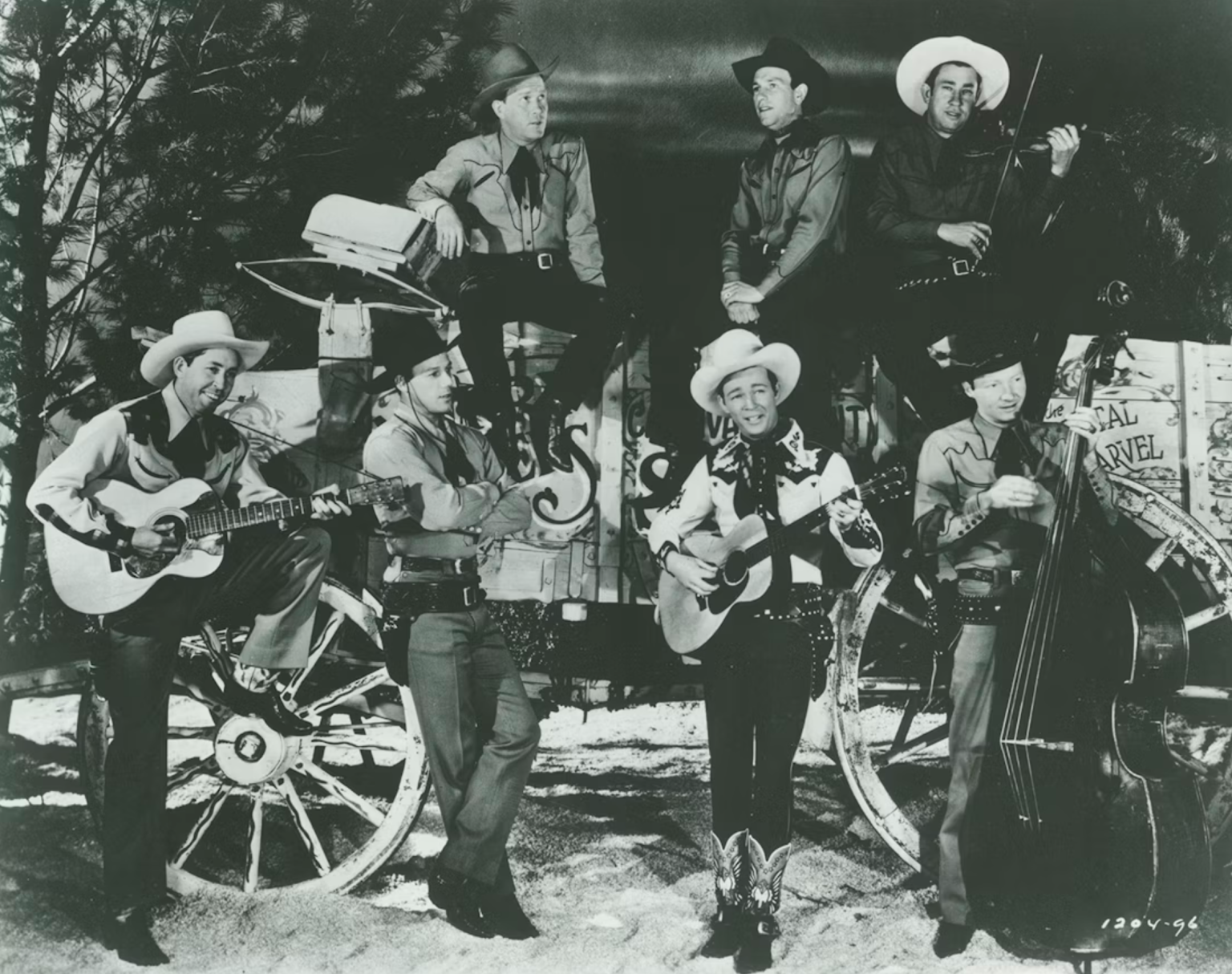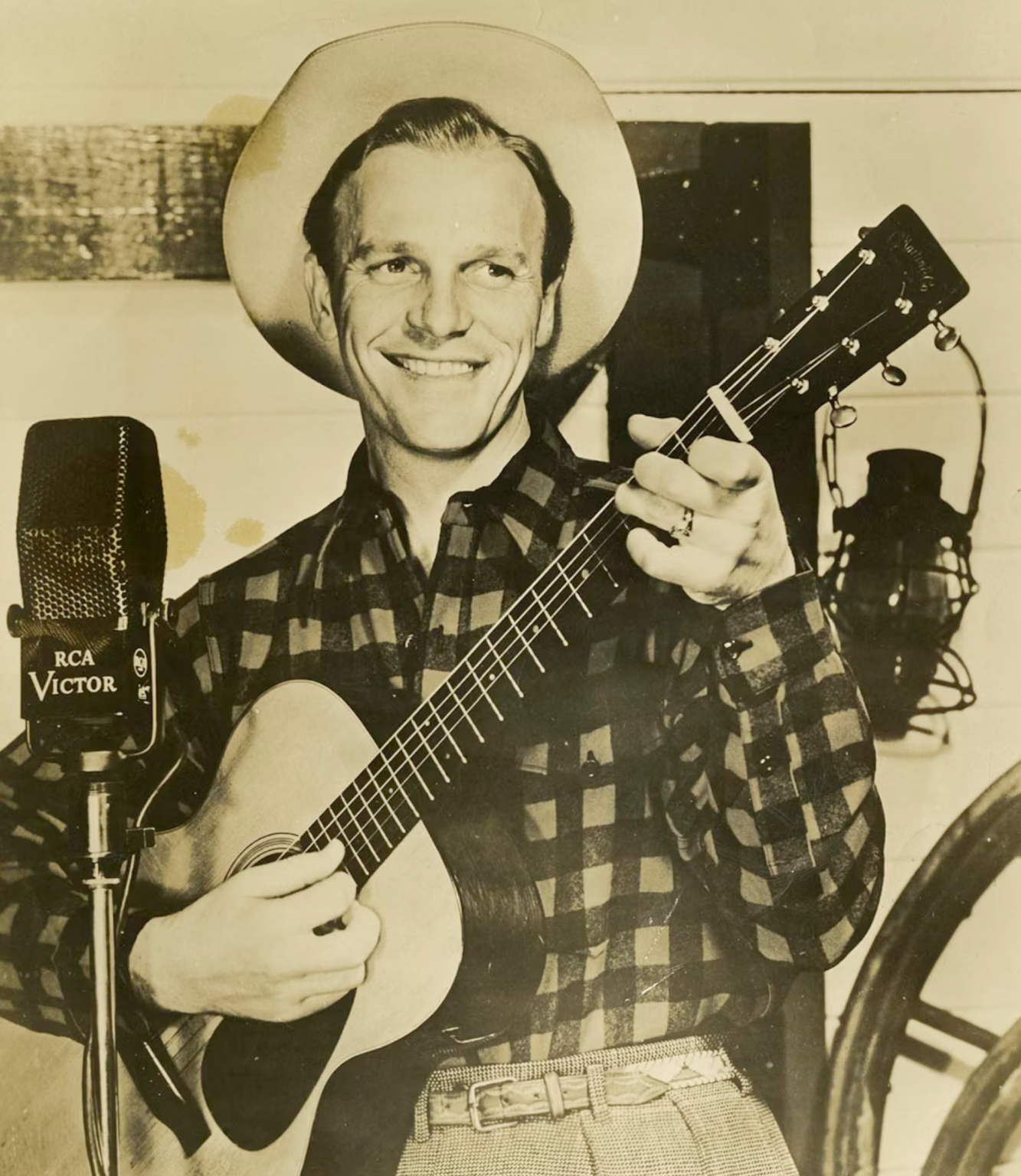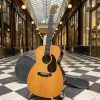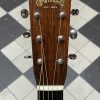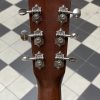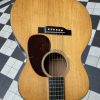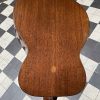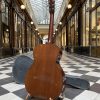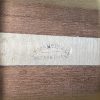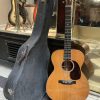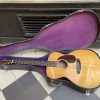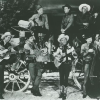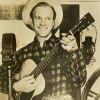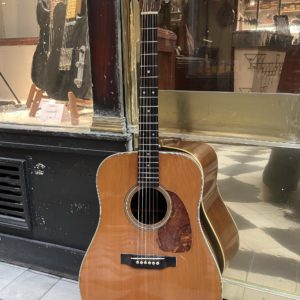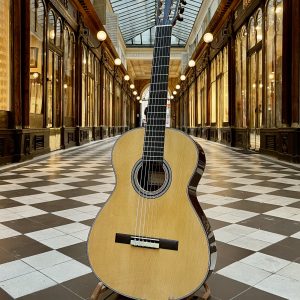1937 MARTIN 000-18
The prices indicated correspond to the price in the case of payment in-store or by bank transfer. In the case of payment by credit card via the website, a processing fee of [3.25% + €0.25]* will be applied to the total amount of the basket, including delivery costs.
Martin 000-18 pre-war from 1937, in original condition, with absolutely remarkable preservation and restoration.
We might be used to seeing great guitars pass through the shop, but still from time to time we find ourselves particularly transported by the instrument in our hands. Such is the case with this 000-18, a guitar absolutely legendary for the place it occupies in the history of Martin guitars, American guitars, and guitar making in general. Even more so here, since the model in question comes straight from the 1930s, unequivocally considered to be the golden age of steel-string guitar production in Nazareth – if we wanted to draw an equivalence, we could say that this corresponds to the 1957-1961 period at Gibson, the peak of their electric guitars production with iconic models like the Les Paul Standard “Burst” or the ES-335 equipped with PAF pickups, in short the radically essential years that founded all posterity for instruments of the genre. Today, no flat-top guitar could exist without the innovations instituted by Martin in that fateful decade.
The Nazareth builder had recently introduced a new type of construction for its flat-top models, the aim of which was, among other things, to dethrone the banjo as the leading folk instrument. To achieve this, it was obviously necessary to adapt the guitar to the expectations of banjo players: a longer, thinner neck, allowing access to the highest notes, and above all, an instrument on which it was possible to mount steel strings instead of the gut strings traditionally used for centuries—ultimately, an instrument combining the playability of the banjo with the then more appreciated sound of the guitar.
The resulting instrument started in 1929 with the appearance of so-called Orchestra Model (OM) guitars, designed to meet the specific needs of musicians playing in dance bands, vaudeville theatres and other fashionable ensembles, whose numbers continued to grow as these musical genres gained popularity during the 1910s and 1920s. At their introduction, Martin produced simultaneously the 000 model with 12-fret necks and the OM with 14-fret necks, both of which has otherwise largely identical size and features; however, given the success of the new 14-fret model, the archaic 12-fret construction was quickly abandoned, so much so that by the mid-1930s the catalogue only mentioned the 000 model, which included all the characteristics of the OM model. Paradoxically, it should be noted that the introduction of Martin OMs in the late 1920s coincided with the sharp decline in the popular forms of entertainment that had generated their demand, following the stock market crash of 1929 – in order to reduce costs, many theatre and music hall owners equipped their establishments with sound systems and replaced live acts with projections (a trend that had already existed since the 1910s but which the Depression era would bring to a head) and many entertainers found themselves out of pocket.
OM guitars nevertheless found a solid continuity in the increasingly popular world cinema and radio. In particular, a genre at the time featured characters known as singing cowboys, a sort of archetypal American hero—hat screwed on their heads, clean-shaven, guitar in hand—acting and singing about idealized scenes of the conquest of the West and daily-to-day on the frontier. Among the big names appearing in these productions were Roy Rogers, Gene Autry, and groups such as the Sons of the Pioneers. Many of these artists chose a Martin guitar, which was virtually the only manufacturer at the time able to meet their demand for quality instruments, with the possible exception of its main competitor, Gibson (although the latter was still largely behind in the production of professional flat-top guitars, despite the introduction of Jumbo models in the early 1930s) and other Chicago-based manufacturers.
In this context, the Martin 000-18 ticks all the boxes: a lightweight instrument in a modest format, with great projection and a perfect balance between bass and treble – in short, the ideal tool for long sessions in the studio and on stage, versatile enough to adapt to any playing context. Moreover, the price of a 000-18 in the second half of the 1930s was relatively reasonable compared to other professional models: $55, 10 dollars less than a D-18 and 120 less than a luxurious 000-45! 55 dollars was still a considerable sum for a professional musician – around $1250 today, adjusted for inflation – and it is understandable that many chose the 000-18 over other, more expensive options. Thus, the 000-18 is one of the most produced models in the pre-war years, at a rate of several hundred copies per year (exactly 303 for the year 1937) – what is particularly rare, however, is to find such a well-preserved and little-played example, since most will have traveled across the United States and the world, many bearing the scars of years of use.
The model presented here, on the contrary, seems to have left the Nazareth workshop almost the day before: with the exception of slight traces of playing, particularly on the upper part of the soundboard, it remains absolutely immaculate and free of defects or breaks. We note all the characteristics so sought after in pre-war models, universally acclaimed by all generations of guitarists: the Adirondack spruce soundboard with scalloped and forward-shifted bracing (designating the technique used to reduce the thickness of the soundbars by sculpting their crest and the fact that the center of the X is placed closer to the soundhole, at about 1 inch while after October 1938 it will be shifted back by half an inch, probably to strengthen the top against the tension of the steel strings); the bridge plate, a piece glued under the bridge, consists of a small piece of maple—original and undamaged; the neck, back, and sides are constructed of premium mahogany; this 1937 000-18 also features an ebony fingerboard and bridge, as well as a steel “T”-shaped neck bar, all features that would be modified a few years later; and finally, the original Grover Sta-Tite tuners are present, fully functional to this day. In short, this guitar is a perfect example of what makes these pre-1939 Martins so sought after by musicians and collectors alike: the sound is both precise and generous, an unrivaled combination of clarity and depth.
The guitar’s cosmetic condition being impeccable, we focused on restoring its full playability: we performed a neck reset with the utmost care to readjust the neck’s angle relative to the body and thus restore an ideal geometry for the rest of the instrument’s setup; we then proceeded to completely refret the guitar and craft a new set of bone nut and saddle, replicating the original parts; finally, after a complete adjustment of the action and intonation, the guitar is now playable as on its first day—while appearing as if it had never been touched.
To complete this exceptional lot, this 000-18 is sold in its original Harptone “Bull’s Head” case. A rare gem, the likes of which we probably won’t see again anytime soon!


